Today, we’ll be discussing open learning, distance education, and e-learning; some basic concepts on flexible modes of teaching and learning.
The increasing demand for courses delivered online or through flexible modes has been driven by recent developments like advances in network ICT, the rise of the network society, globalization of markets, people and ideas, the need to promote active learning, and the increasing demand for professional development. Now, let’s define these concepts.
Distance education is a mode of learning in which students and teachers are physically separated from each other. Students undertake guided independent study of specially designed learning materials in various media and two-way communication exists between the teacher and students.
Open learning, on the other hand, is a vision of an educational system accessible to every individual with minimal restrictions.
Open and distance learning combines the methodology of distance education with the concepts of open learning and flexible learning. It emphasizes the flexibility of the system to eradicate problems caused by barriers like age, geographical location, time constraints, and economic situation.
On the other hand, e-learning refers to the intentional use of network information and communications technology in teaching and learning.
How are these concepts interrelated? E-learning and ODL are interrelated, but not synonymous. Distance education in schools is not always delivered through new electronic media, and e-learning in most schools is not used for distance education purposes.
Now let’s discuss the different models or generations of distance education.
First, we have the print or correspondence model, which is based on print technology.
We have the multimedia model, which uses print, audio tapes, video tape, and computer-based learning.
Tele-learning model, which is based on applications of telecommunications technologies, like audio and video conferencing, and broadcast and TV/Radio broadcasting, to provide opportunities for synchronous communication.
Flexible learning model, which is based on online delivery via the internet and makes use of interactive multimedia, internet-based access to web resources, and computer-mediated communication.
And lastly, we have the intelligent flexible learning model, which capitalizes on the features of the internet and the web through the use of interactive multimedia, access to web resources, computer-mediated communication, and automated response systems.
There are different categories of online courses. We have the web presence in which only the course syllabus is made available online.
We have web enhance, in which the course syllabus and some learning materials are made available online.
And we have web-based courses which includes course syllabus, learning materials, and learning activities all being put online.
Now, there is also the blended learning which is a formal education program in which a student learns at least in part through online learning with some element of student control over time, place, path, and or pace. At least in part in a supervised brick and mortar location away from home and the modalities along each student’s learning path within a course or subject are connected to provide an integrated learning experience.
One example of blended learning is the flipped class. This approach inverts the typical cycle of context acquisition and application so that the students gain necessary knowledge before class, and instructors guide students to actively and interactively clarify and apply the knowledge during class.
As you can see on the screen, the students start with concept exploration by watching videos, listening to audio recordings, accessing content-rich websites, doing simulations, and readings. And then they engage in meaning-making, which involves reflective podcasts for the students and doing quizzes, blogging, and online discussions.
The first two activities like concept exploration and meaning-making take place online. And after that, they go to the classroom where they do demonstration or application through personalized projects, problem-based learning, experiments, presentations, and role plays.
That ends my presentation on flexible modes of teaching and learning.
Thank you.

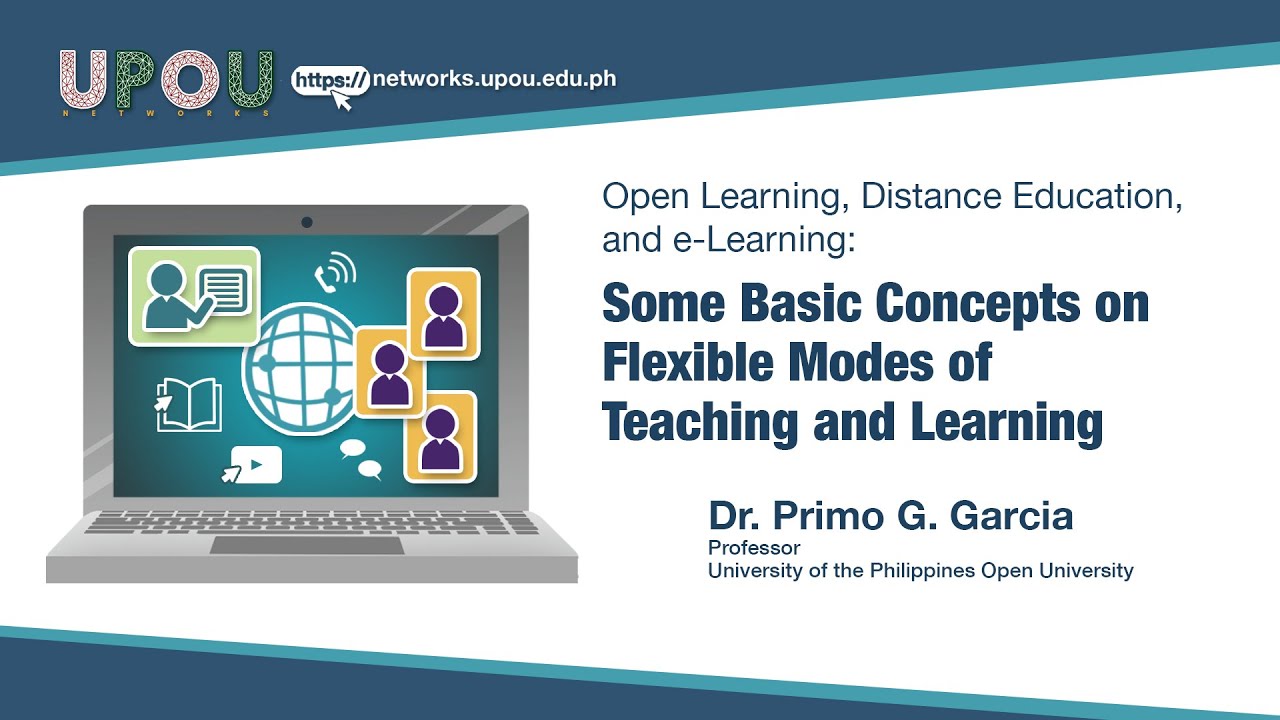
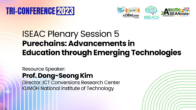
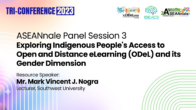
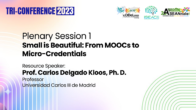
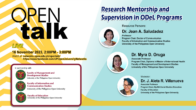
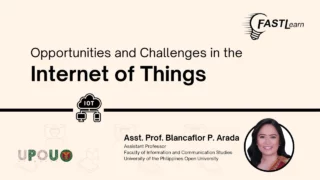
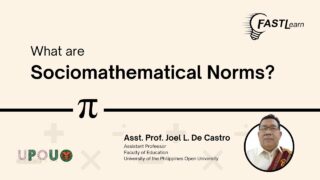
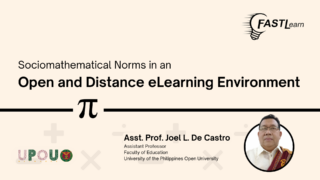

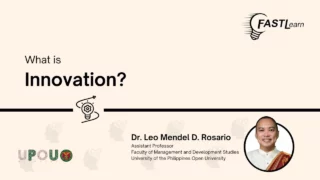

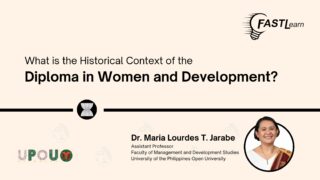
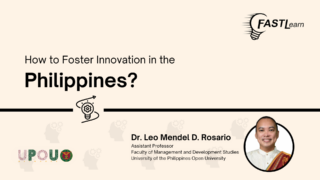
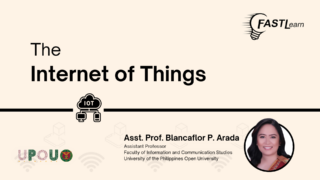
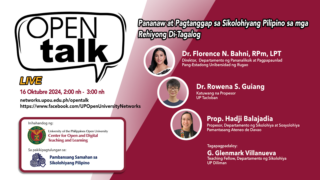
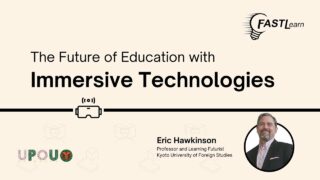
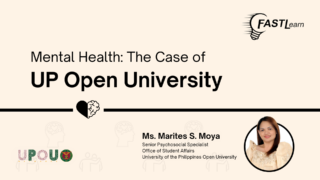
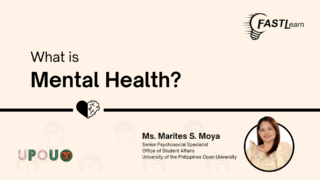
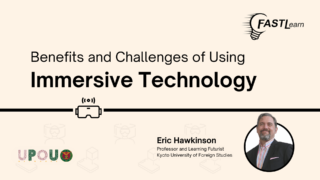
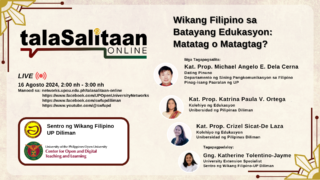
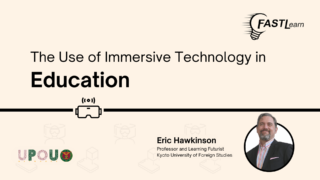
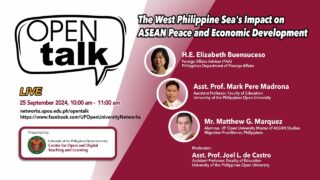
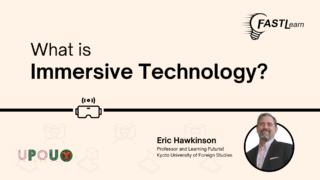
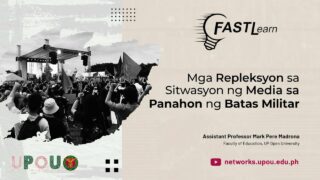
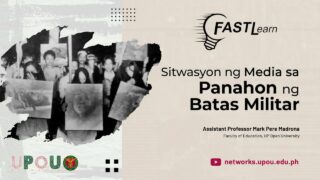
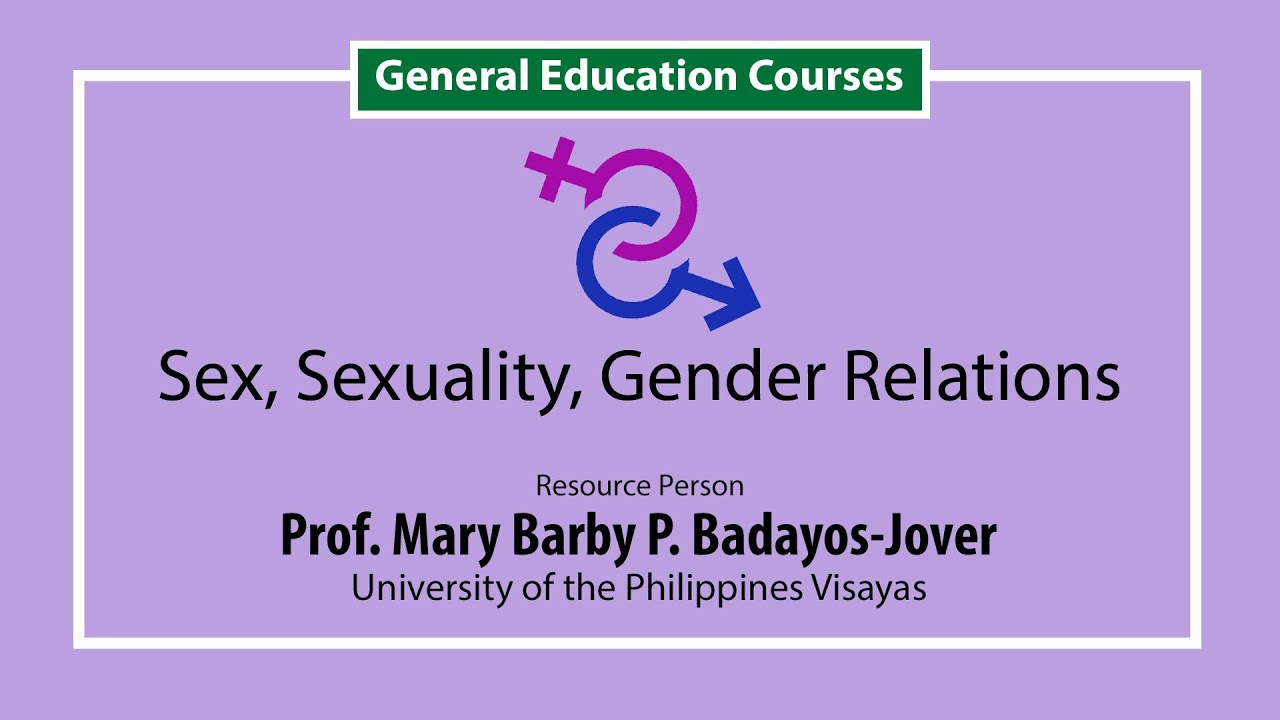
1 Comment